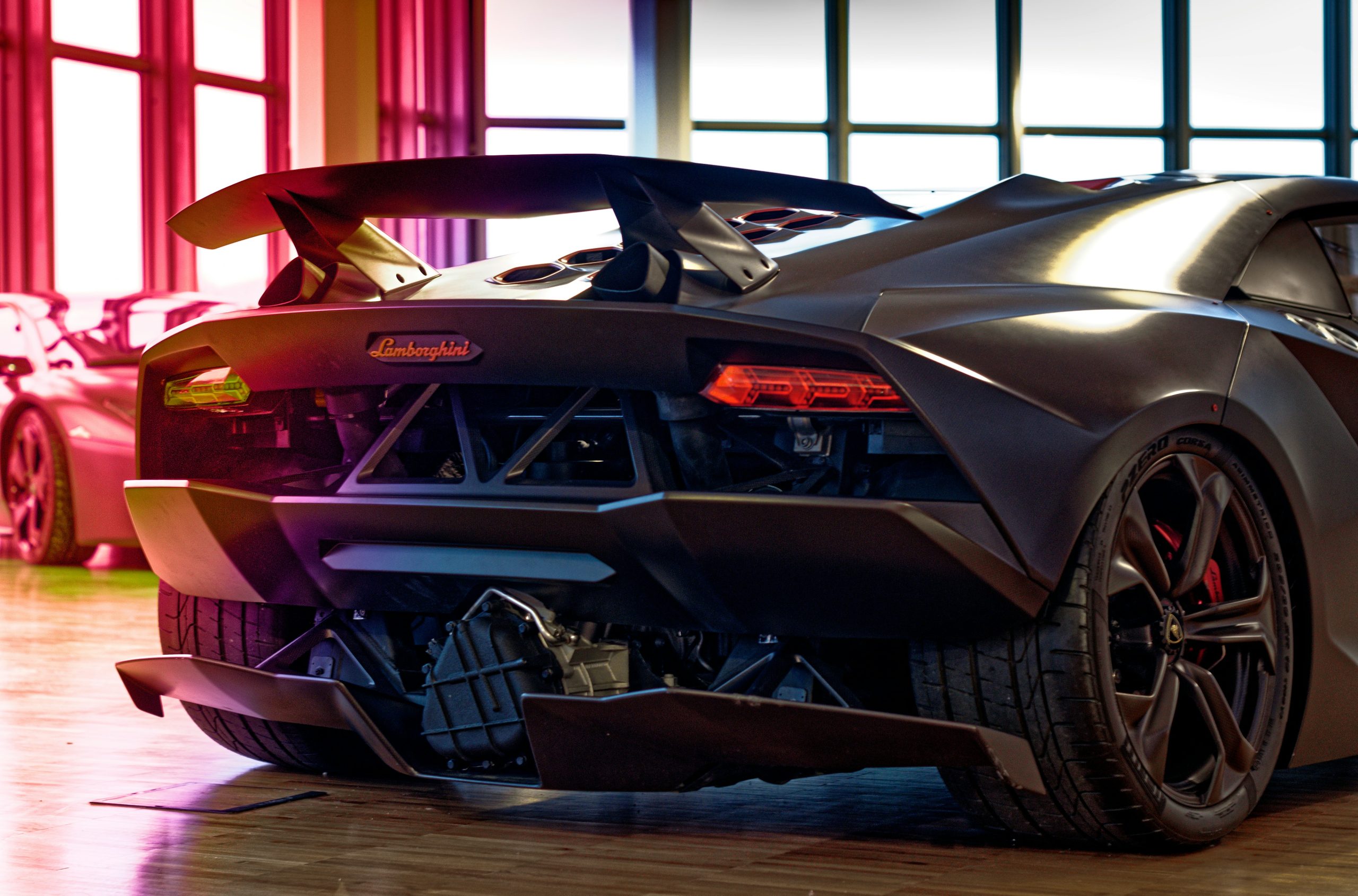Vision of Future

New possibilities in the developing world of manufacturing
We are living in one of the most exciting times in history for product innovation and digital creation. Manufacturing is no longer just about machines and materials—it’s about ideas, intelligence, and interdisciplinary skills coming together. And I’m proud to say that my journey as a 3D CAD designer, concept artist, and product development specialist has placed me right at the heart of this revolution.
As the manufacturing world evolves, so do the possibilities—and so do I.
My Core Skills — Designed for the Future
Over the years, I’ve developed a wide range of skills that not only solve real-world production problems but also unlock creative and technological breakthroughs in product design. Here’s a quick look at where I stand today:
✅ 3D CAD & Product Design
- Expert in precision modeling for plastic injection molded parts, sheet metal, and CNC-machined components
- Strong command over manufacturing constraints, design for cost-effectiveness, and material behavior
✅ Concept to Production
- From idea sketch to prototyping to final production-ready files
- Fusion of design aesthetics with engineering functionality
✅ Design Thinking & User-Centric Approach
- Every product I design considers the end-user experience, ease of manufacturing, and market feasibility
✅ Tools I Use
- Fusion 360, SolidWorks, Rhino, Blender, KeyShot, Adobe Suite
- Familiar with AI-based simulation tools and generative design platforms
Manufacturing is Changing—And My Skills Fit Right In
The manufacturing industry is becoming smarter, faster, and more flexible. With automation, 3D printing, CNC integration, and AI-driven simulations, companies are looking for hybrid professionals—people who can think like designers and communicate like engineers.
Here’s where my skills align with the new possibilities in this evolving landscape:
Rapid Iteration & Prototyping
I can create and test 3D models rapidly—reducing time between ideation and physical production. This is essential in industries demanding shorter product cycles.
AI-Friendly Design Thinking
I design with simulation and optimization in mind—allowing AI systems to analyze, improve, or test products even before they exist in physical form.
Sustainable Manufacturing
I follow design-for-manufacture practices that reduce material waste and support the use of recyclable polymers, lightweighting, and tool-life optimization.
Global Collaboration
Remote collaboration is the new normal. My work is cloud-based, file-ready for global factories, and optimized for digital manufacturing pipelines.
New Possibilities Opening Up
1. Design-as-a-Service (DaaS)
With the rise of on-demand manufacturing platforms, companies are increasingly outsourcing design work. My portfolio allows me to work with global clients who need ready-to-produce CAD solutions with real-world feasibility.
2. Smart Factory Integration
My models are compatible with CNC, injection molding, and 3D printing setups—meaning my work can flow directly into automated production systems.
3. Direct-to-Consumer Product Development
With platforms like Shopify and 3D printing-on-demand, it’s now possible to launch small-batch consumer products without a factory. My skills let me design, prototype, and market physical products independently.
4. Hybrid Roles in Manufacturing Startups
Modern startups want designers who can also think like engineers. I’m already positioned to work in cross-functional teams that bridge the gap between idea and implementation.
What’s Next for Me?
The future of manufacturing is not just about doing things faster—it’s about doing them smarter, cleaner, and more creatively. I see myself growing into roles that combine:
- Industrial design
- AI-assisted engineering
- Sustainable product development
- Customized user experience design
Whether it’s working with a cutting-edge startup, supporting large-scale manufacturing operations, or launching my own line of smart products—I’m ready for what’s next.
Final Thoughts: Skills Meet Opportunity
The future isn’t just something we step into—it’s something we help build.
With the right combination of skills, creativity, and adaptability, I believe I can contribute meaningfully to the world of next-generation manufacturing. As machines get smarter, and products get more complex, the value of human-centered design and intelligent craftsmanship will only grow.
And I’m here for it.